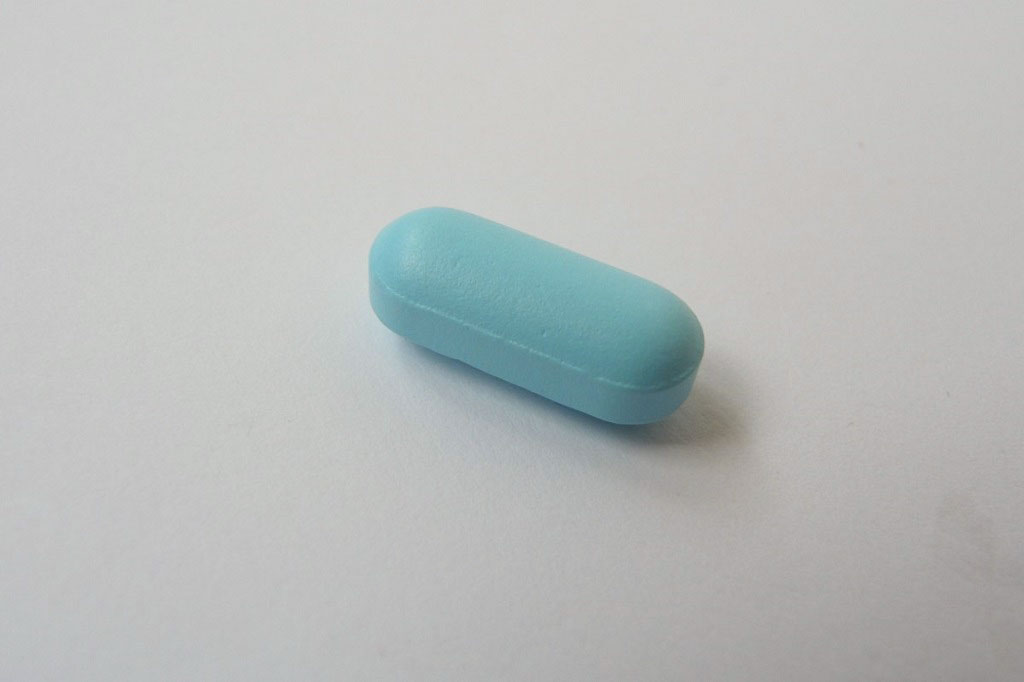Immune response to swine flu 'extraordinary'
Heart and lungs
“Swine flu could lead to a universal vaccine,” reported The Independent. It said that a study has found that people infected with H1N1 swine flu “have an extraordinary immune response, producing antibodies that...
“Swine flu could lead to a universal vaccine,” reported The Independent . It said that a study has found that people infected with H1N1 swine flu “have an extraordinary immune response, producing antibodies that are protective against a variety of flu strains”.
This research looked at the antibodies produced by nine people infected with pandemic H1N1 (swine flu). It found that a considerable proportion of these antibodies could react against other H1N1 strains as well as H5N1 avian flu. However, the antibodies isolated in this study did not bind to an H3N2 strain virus, therefore could not be considered “universal” antibodies against all flu viruses.
Producing a vaccine effective against all flu viruses has proved very difficult, due to differences between strains and their rapidly evolving genetics altering the molecules on their surfaces (the target of vaccines). This research gives further support to the idea that vaccines that protect against a broader range of flu viruses may be possible, but a universal flu vaccine is still some way off. It still needs to be established whether people who have had swine flu will now have better immunity to new seasonal or pandemic flu viruses than those who have not had the infection.
Where did the story come from?
The study was carried out by researchers from Emory University in Atlanta and other research centres in the USA. It was funded by the National Institutes of Health and National Institute of Allergy and Infectious Diseases, the Northeast Biodefense Center and the National Foundation for Cancer Research. The study was published in the peer-reviewed Journal of Experimental Medicine.
The story was reported by The Independent, Daily Telegraph, Daily Mail and BBC News. In general, these stories report the research in a balanced way. The Daily Mail suggests that a universal flu jab is “being developed” and “is thought to be less than a decade away”. Although much research is going into the possibility of a universal vaccine, such a vaccine has not yet been achieved and it is difficult to know how long it will take or whether it will even be possible.
BBC News suggests that people who have recovered from swine flu may have developed “an extraordinary natural ability to fight off flu viruses”. However, this study cannot tell us for certain whether people who have had swine flu will have better immunity to new seasonal or pandemic flu viruses than those who have not had the infection.
What kind of research was this?
This laboratory and animal study examined the antibodies produced by people exposed to the H1N1 influenza virus (swine flu). The researchers wanted to determine whether the antibodies produced in the body after catching H1N1 could offer protection against other strains of flu.
What did the research involve?
The researchers recruited nine people who had been infected with swine flu (the pandemic H1N1 influenza virus). Some of these people had only been mildly affected while others had been severely affected and admitted to hospital for treatment. Most had been treated with antiviral drugs.
The researchers used blood samples taken from these patients about 10 to 30 days after their symptoms started. The samples were examined for the presence of cells producing antibodies against pandemic H1N1 flu virus and compared to blood samples from healthy controls. The researchers then investigated which part of the pandemic H1N1 virus the antibodies produced by these cells bound to other strains of the influenza virus. The binding of antibodies to viruses neutralises them and flags them for attack by the immune system.
The researchers next wanted to look more closely at the antibodies that were being produced. To do this, individual antibody-producing cells were isolated, and the genes that produce these antibodies were identified. This allowed the researchers to genetically engineer cells to produce more of these antibodies in the laboratory.
The surface of the influenza virus is covered by molecules called haemagglutinin molecules, which have a "head" region at one end, which helps the virus to stick to cells, and a "stalk" region, which connects the head region to the body of the virus. Haemagglutinin molecules are major targets for antibodies that bind to and neutralise the virus.
The researchers next looked at those isolated antibodies from patients which bound to haemagglutinin and identified the parts of the molecule the individual antibodies bound to. These antibodies were then compared with 50 antibodies against seasonal H1N1 strains produced by people who had been vaccinated against seasonal flu (including the H1N1 strain circulating at the time) before the pandemic H1N1 virus.
The researchers selected three of the antibodies from the patients with pandemic H1N1 flu for further study in mice. They used one antibody that binds to the head of the haemagglutinin molecule and very specifically binds to the pandemic H1N1 virus. The second was another antibody that binds to the head of the haemagglutinin molecule, but can “cross-react” with (bind to) different H1N1 strains. The third was an antibody that binds to the stalk of the haemagglutinin molecule and can also cross-react with different H1N1 strains.
They injected mice with what would normally be a lethal dose of pandemic H1N1, and then injected some of them with one of the three antibodies. The mice were monitored to see whether the antibody protected them from dying from the infection. The researchers also carried out other experiments in which mice were injected with one of the three antibodies first, and then a lethal dose of pandemic H1N1 or two other strains of H1N1 influenza commonly used in the laboratory.
What were the basic results?
All of the blood samples from the patients with pandemic H1N1 contained cells producing antibodies to the virus, but none of the healthy controls did.
Among the cells producing antibodies against pandemic H1N1, a considerable proportion produced antibodies that could also bind to a broad range of recent H1N1 influenza strains, as well as the Spanish H1N1 flu virus from 1918, and the bird H5N1 influenza strain. However, these antibodies did not bind to the H3N2 influenza strain.
About a third of the antibodies isolated from the H1N1 patients actually bound to other prepandemic H1N1 strains more strongly than they did to the pandemic H1N1 strain. Among the antibodies isolated from people who had previous seasonal flu vaccines, only 22% could bind to pandemic H1N1. The researchers suggest that the enhanced cross-reactivity of the antibodies induced by pandemic H1N1 was because the virus reactivated “memory” cells specific for previous immunisations.
When the researchers looked at which area of the haemagglutinin molecules the cross-reactive neutralising antibodies were binding to, they found that they were largely binding to areas of the stalk domains of this molecule that were the same across the different strains, although some did bind to the head domain.
Mice that had been injected with a lethal dose of pandemic H1N1 influenza were saved from dying by the three antibodies. The antibody-treated mice survived and the untreated mice had died by seven or eight days after receiving the virus injection. The two antibodies that showed cross-reactivity against different H1N1 strains in the laboratory were also able to protect mice if given before a lethal dose of two non-pandemic H1N1 strains. The pandemic H1N1 influenza specific antibody did not protect mice against these non-pandemic H1N1 strains.
How did the researchers interpret the results?
The researchers concluded that a universal flu vaccine may be possible if the right part of the flu virus is used in the vaccine. They say that the antibodies identified in this study show promise as treatments for “pandemic H1N1, as well as most other H1N1 and H5N1 influenza strains, especially in high-risk populations such as immunosuppressed patients and the elderly”.
Conclusion
Producing a vaccine effective against all flu viruses has proved very difficult, due to differences between strains and their rapidly evolving genetics altering the molecules on their surface, which are the target of vaccines. This research gives further support to the idea that vaccines that protect against a broader range of flu viruses may be possible. However, a universal flu vaccine is still some way off.
The study has also identified specific antibodies that could potentially be used to treat or prevent H1N1 strains of influenza. More research will be needed to establish their effectiveness and safety before they could come into wider use.
Although this study did identify antibodies from patients who had pandemic H1N1 flu (swine flu) which could also bind to a range of past H1N1 strains, it is not yet clear whether these antibodies will also be able to target new H1N1 strains as they arise. Therefore, it still needs to be established whether people who have had swine flu now have better immunity to other flu viruses than those who have not been infected.






 Subscribe
Subscribe Ask the doctor
Ask the doctor Rate this article
Rate this article Find products
Find products








